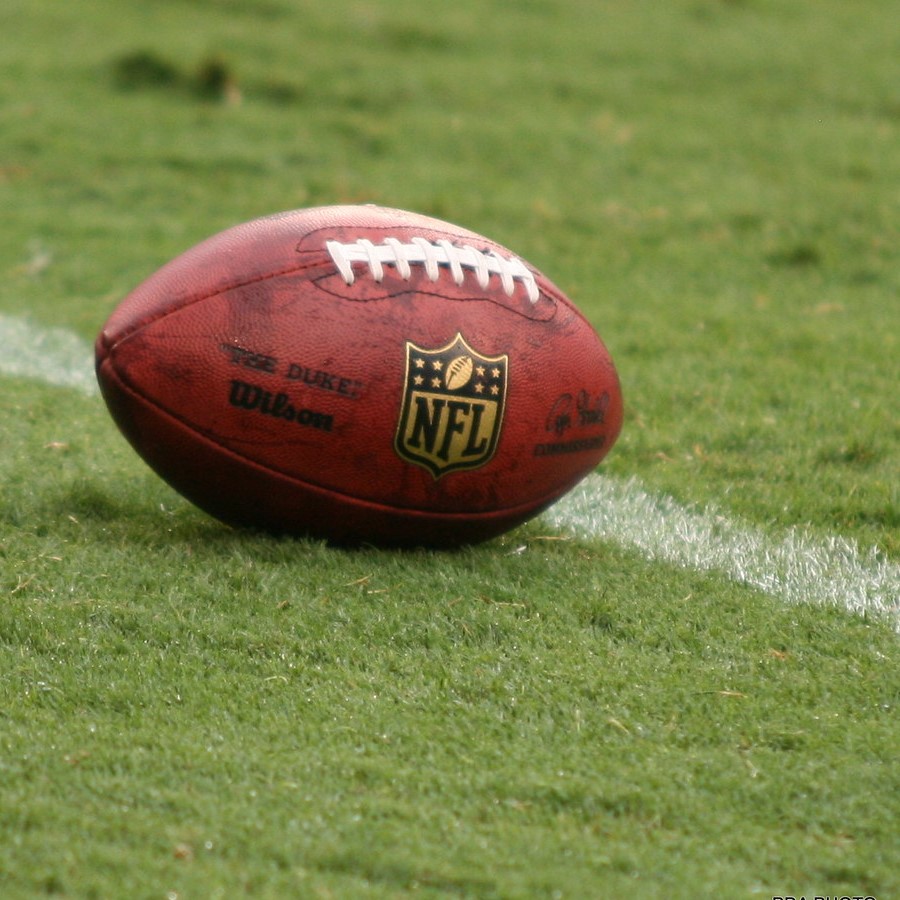Published:
The countdown is on for Super Bowl XLVIII, and all eyes are on the Allegiant Stadium in Las Vegas, Nevada, where the San Francisco 49ers are gearing up to take on the defending champs, the Kansas City Chiefs. This 2022 rematch is scheduled for February 11, 2024, and this clash marks the 58th consecutive Super Bowl - a staple event that’s become engraved in American culture. The Super Bowl is not just a clash of titans on the field but a powerhouse of economic activity. With millions of dollars flowing in each year, it transforms the chosen host city into a focal point of notoriety and attention. #
The inaugural Super Bowl took place in 1967, featuring a face-off between the Green Bay Packers and the Kansas City Chiefs. Remarkably, during that time, fans could secure a ticket for a mere average of $12. This equates to approximately $100 in today’s economy. Fast forward to Super Bowl LVIII, and the landscape has dramatically transformed. The average ticket now commands a hefty price tag of $10,026, with the most affordable options fetching over $6,300. This significant cost surge over the years can be attributed to various factors, with inflation playing a substantial role. Even when comparing it to the 2019 Super Bowl, where the most affordable ticket was priced at $3,480, a significant increase in prices becomes apparent.
Undoubtedly, one of the most eagerly anticipated and, at times, polarizing elements of Super Bowl Sunday is the halftime show. The spotlight not only falls on the epic showdown between the Chiefs and 49ers but also on the spectacle that unfolds during the mid-game break. This is despite the fact that performers are notorious for performing for free during the event. This year, the stakes are high for advertisers looking to secure a 30-second time slot with CBS as the going rate approaches a substantial $6.5 million. Remarkably, this cost is in line with last year’s average, where advertisers paid around $7 million for a simple 30-second slot of airtime.
The upcoming event in Las Vegas is poised to contribute significantly to the local economy, with an estimated economic impact of $500 million. While this figure is substantial, it should be noted that the Vegas area already boasts a monthly revenue approaching a billion dollars. Although the event’s economic contribution may not be a game-changer for the region, it will undoubtedly enhance the community and attract attention for years to come. Organizing such an event comes with a hefty fee, with a net cost of around $40 million after sponsorships. However, the anticipated economic impact serves as a compelling rationale, outweighing the financial investment and ensuring a meaningful and lasting positive effect on the area.
In contrast, let’s consider the 2022 FIFA World Cup hosted in Qatar, which generated an impressive $1.56 billion. This highlights the scale and global impact of mega-events like the World Cup in comparison to the Super Bowl. Despite the variance in economic impact, both events play crucial roles in fostering community growth and international recognition.
For the past five decades, the Super Bowl has not only epitomized sporting excellence but has seamlessly woven itself into the very fabric of American culture. An annual event for devoted sports enthusiasts, renowned celebrities, and athletes alike to come together and witness greatness. As we progress into the future, the financial and economic impact of the Super Bowl is poised to further expand and evolve.
File under






